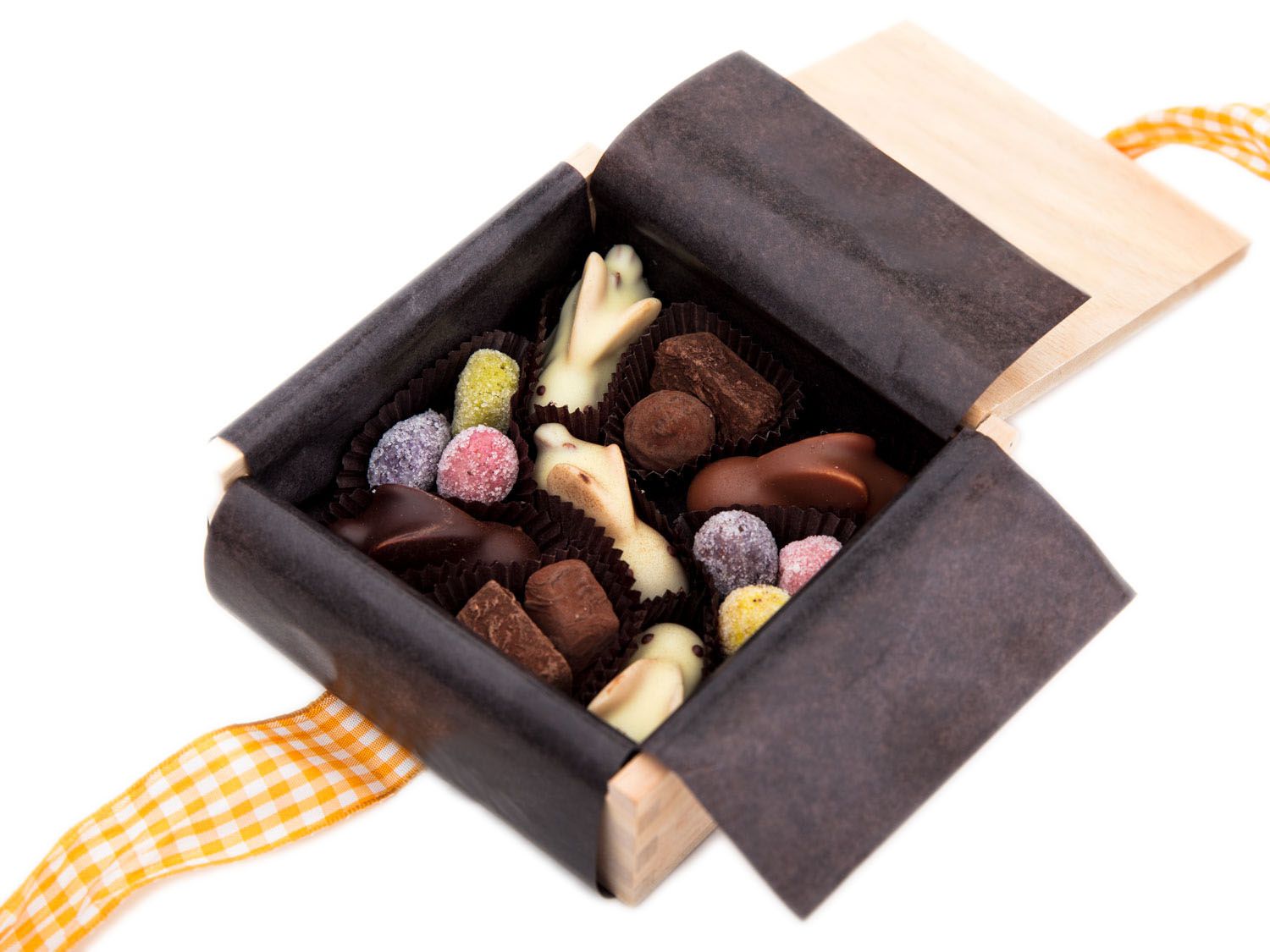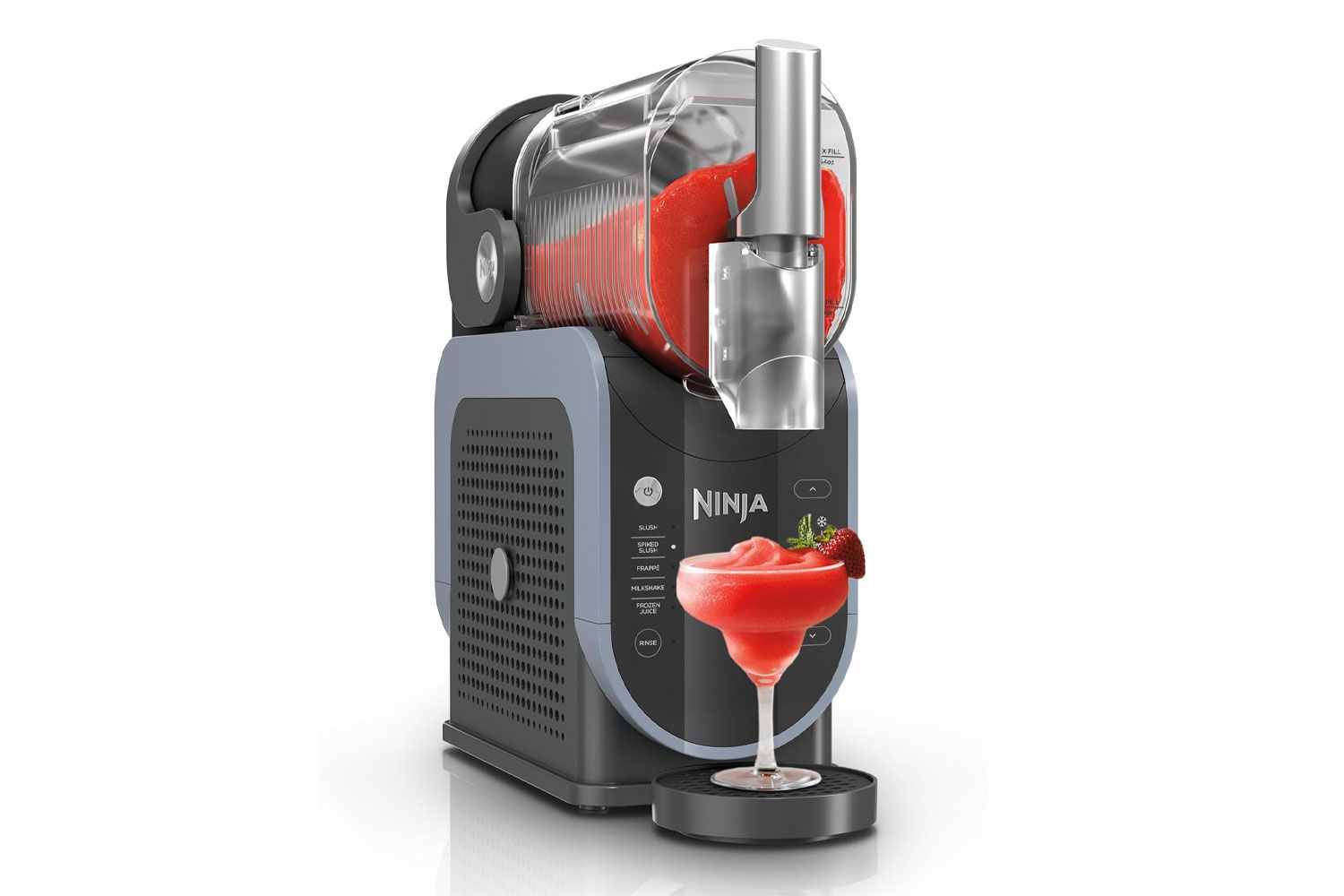
Why It Works
- Optional food coloring produces the hallmark bold burgundy color of a classic red velvet cake—no beets, pomegranate juice, or freeze-dried fruit required.
- A generous amount of cocoa powder adds robust flavor as well as a rich, dark color.
- Acidic buttermilk lends the cake a mild tanginess, and produces a tender, velvety crumb, and—as it reacts with the recipe’s baking soda—fluffy lightness.
With its signature red hue and swoops of downy white frosting, the red velvet cake is an iconic American dessert. But when commercially produced or made from a boxed mix, it has the tendency to be overbaked and bone-dry, with a saccharine flavor that lacks complexity and a garish hue that calls to mind a self-conscious teenager armed with a big bottle of hair dye. However, step into a bakery that takes its craft seriously, and you’ll find that a properly made red velvet cake can be a thing of beauty: layers of moist scarlet cake flavored with bittersweet cocoa and tangy buttermilk stacked with thick, tart, and buttery cream cheese frosting, each bite as lush as…well, velvet. Think of it more like Lucille Ball’s red hair—the vivid color serves only to enhance the charisma of a star that already has plenty going for it.
With careful attention paid to the ingredients and method used, anyone can make a red velvet cake that’s a feast for both the eyes and the taste buds. The star ingredients of red velvet cake—natural cocoa powder, buttermilk, and baking soda—help to leaven the cake, but are also responsible for the chemical reaction that first gave the cake its iconic color. A few drops of red food coloring help to further enhance the natural color of the cake, ensuring a crumb that is inarguably red. Buttermilk and brown sugar keeps the cake moist, while creaming the butter at room temperature helps to aerate the batter, resulting in a fine, tender cake.
If the thought of assembling and decorating a layered red velvet cake feels too daunting, have no fear. We’ve included an option for cupcakes, too—which are easier to decorate and just as delicious.
Serious Eats / Debbie Wee
Why the Red: The Story of Red Velvet Cake’s Origins
In her award-winning cookbook BraveTart, former Serious Eats editor Stella Parks documents the evolution of the red velvet cake and traces the origins of the dessert to the marriage of two other popular sweets from the late 1800s—the velvet cake and the devil’s cake. These recipes formally merged in name and ingredients when a recipe for “Velvet Cocoa Cake” was published in a 1911 issue of Ohio’s Elyria Chronicle. A few things distinguished this cake that live on in today’s red velvet cake.
The most notable is the use of a mixture of natural cocoa powder and buttermilk in the batter. Unlike the Dutch-process cocoa powder most bakers rely on today, natural cocoa powder contains higher levels of anthocyanins, water-soluble pigments responsible for the reddish-purple hues in fruits and vegetables. As cookbook author and Serious Eats contributor Nik Sharma wrote in his guide to pomegranate molasses, “when mixed into an acidic solution like lime juice or vinegar, [anthocyanins] turn red.” The combination of acidic buttermilk and cocoa powder produced a batter with a reddish hue, albeit one closer to mahogany than crimson.
Soon after the introduction of the buttermilk and cocoa powder combo, maroon cakes like “Red Chocolate Cake” and “Red Devil’s Food” were showing up in newspapers and cookbooks across the country, and by the 1940s, the red velvet cake was well established in the American baking repertoire; it even appeared in the 1943 edition of Irma S. Rombauer’s iconic Joy of Cooking. And while not a red velvet cake in name, the chocolate devil’s food cake tinted red with dye in Freda DeKnight’s 1948 Date With a Dish: A Cook Book of American Negro Recipes sounds just like one.
As for the “red” in the name, Stella suggests that as some recipes included proportionally more buttermilk and less chocolate, using “red” simply distinguished the cake from the “inky-black crumb of a proper devil’s food.” Many readers of those recipes, however, were disappointed when they weren’t able to create the crimson color of the cake promised by the name.
“Presumably frustrated with results that didn’t live up to the hype,” writes Stella, “Lynn Chambers popularized doctoring buttermilk-cocoa cakes with a teaspoon of red dye in her syndicated kitchen column in 1942.” Around the same time, Texas-based Adams Extract Company began promoting their dyes with a recipe for mahogany cake colored with red dye.
These days, red velvet cake has become one of the most iconic American desserts. Notably, it’s an essential part of many Juneteenth celebrations today, as the color red is symbolic of Black resilience and sacrifice. “I do think that’s one of the reasons why red velvet cake is now a food that people now associate with the Juneteenth holiday,” Nicole A. Taylor, author of Watermelon and Red Birds, tells GastroObscura. Though the dessert wasn’t part of the celebration in its early days, it quickly became a part of the Juneteenth table as people thought of more red foods to include in their celebrations of the holiday.
In addition to Juneteenth, red velvet cake is wonderful for Valentine’s Day, anniversaries, and birthdays, but of course there’s no need to wait for a specific holiday to make this fabulous cake.
Serious Eats / Debbie Wee
The Key Techniques to Making Red Velvet Cake
The recipe that follows is the result of rounds of testing and tweaking to produce what I believe is the ideal red velvet cake: one with a luxurious, velvety crumb that’s flavored with brown sugar, buttermilk, cocoa powder, and vanilla. While not necessary, a few drops of food coloring lend the cake an undeniably vibrant shade of scarlet. I considered using more “natural” colorants like beets, pomegranate juice, and freeze-dried red fruits for the red color, but each of those options adds flavors that are not typical for a classic red velvet cake. I think it’s fine to simply lean on food coloring for that color, to the degree achieving a truly red tone is important to you; it may not be, in which case, feel free to leave the food coloring out.
One of the keys to achieving the perfect crumb lies in the choice of cocoa powder. You’ll want to use natural cocoa powder and not Dutch processed; the higher acidity in natural cocoa reacts with the cake’s baking soda and buttermilk to properly leaven the cake. Natural cocoa is also lighter in color than Dutch processed cocoa, making it easier for the red to show through the chocolate’s brown.
The temperature of your ingredients is crucial, too. Butter is most pliable at room temperature, making it ideal for aerating your cakes when beating it with sugar until fluffy. Be careful not to overmix once your flour is added, though, as overbeating the batter will develop too much gluten and make the cake tough.
As for frosting, my personal preference is to enhance the buttermilk tang of the cake with a cream cheese frosting, but there’s a long history of topping velvet cakes with starch-thickened Ermine frosting, so I’ve included that as an option as well.
How to Make a Bakery-Worthy Red Velvet Cake
Cook Mode
(Keep screen awake)
-
265g all-purpose flour about 9 1/4 ounces; 2 cups plus 1 teaspoon)
-
50g natural unsweetened cocoa powder, not Dutch-processed (1 3/4 ounces; 1/2 cup plus 1 tablespoon), plus extra for dusting cake pans
-
1 1/2 teaspoons baking soda
-
227g unsalted butter (8 ounces; 2 sticks), room temperature, plus more for greasing
-
144g granulated sugar (about 5 ounces; 3/4 cup minus 1 teaspoon)
-
144g light brown sugar (about 5 ounces; 2/3 cup lightly packed)
-
1 1/2 teaspoons Diamond Crystal kosher salt; for table salt, use half as much by volume
-
1 tablespoon (15ml) vanilla extract
-
1 tablespoon red gel paste food coloring (optional; see notes)
-
3 large eggs, room temperature
-
1 cup (240ml) buttermilk, room temperature
To Frost the Cake:
-
Adjust oven rack to middle position and preheat oven to 350°F (175°C). Grease two 8-inch round cake pans with butter and cover the bottom with a round of parchment paper. Lightly dust the insides of the cake pans with cocoa powder and discard any excess by tapping the pans upside down. (For cupcakes, line a muffin pan with baking cups.)
Serious Eats / Debbie Wee
-
In a medium bowl, sift the flour, 50g cocoa, and baking soda together and lightly whisk to combine. Set aside.
Serious Eats / Debbie Wee
-
In the bowl of a stand mixer fitted with the paddle attachment, beat the butter, granulated sugar, brown sugar, salt, and vanilla extract on low speed to roughly incorporate; then increase speed to medium and beat until soft, fluffy, and pale, 5 to 7 minutes, using a flexible spatula to scrape as needed.
Serious Eats / Jen Causey
-
With the mixer running on its lowest speed, drizzle in the food coloring (if using). Gradually increase the speed to medium and mix until the coloring is evenly distributed, about 30 seconds, stopping to scrape down the sides of the bowl if needed. With the mixer on low speed, add the eggs one by one, briefly increasing the mixer speed after each addition until each egg is fully incorporated. Once fully mixed, stop mixer and use a flexible spatula to scrape down the sides of the bowl.
Serious Eats / Debbie Wee
-
Add a third of the flour-cocoa mixture to the butter-egg mixture, then start mixer on low speed and gradually increase to medium speed, until no dry flour remains, about 30 seconds. On low speed, slowly add a third of the buttermilk and beat until fully incorporated, about 30 seconds. Scrape down the bowl as needed, and repeat adding and alternating with half of the remaining flour mixture, half of the remaining buttermilk, then finally the remaining flour mixture, and the remaining buttermilk.With a rubber spatula, scrape the paddle clean and give the batter a final stir, making sure to scrape the bottom of the bowl.
Serious Eats / Debbie Wee
-
For Cupcakes: Line standard-size muffin pan with baking-cup liners. Distribute the batter evenly among the baking cups so each is about 3/4 full. Bake for 24 to 26 minutes, or until a tester comes out clean. Repeat with remaining batter. Let cool completely before frosting. Once cool, use an offset spatula to spread the frosting on top of each cupcake.
-
For a Layer Cake: Scrape the batter into the prepared pans and bake until a toothpick or cake tester inserted into cake center comes out clean, 25 to 30 minutes. Cool cakes in their pans on a cooling rack for 15 minutes. Run an offset spatula or butter knife around edges of cakes, then invert cake onto a plate and transfer back to the rack to cool completely, at least 1 hour.
Serious Eats / Debbie Wee
-
To Crumb Coat the Cake: Using a serrated knife, level cakes. Place one layer on a turntable. If you like, a waxed cardboard cake round can first be placed underneath, secured to the turntable with a scrap of damp paper towel. Top with 1 cup frosting, using an offset spatula to spread it evenly from edge to edge. Top with the second layer and cover the sides of the cake with 1 cup frosting, spread into an even and smooth layer. (Tutorial here.) Refrigerate cake until frosting is firm to the touch, about 30 minutes.
Serious Eats / Debbie Wee
-
To Finish the Cake: Spread the top and sides of the cake with the remaining frosting to decorate as desired. Allow the cake to come to room temperature before serving.
Serious Eats / Debbie Wee
Special Equipment
Parchment paper, two 8-inch aluminum cake pans or muffin pan, stand mixer, whisk, rubber spatula, wire rack, turntable, offset spatula
Notes
Make sure to use natural cocoa, and not Dutch processed cocoa in this recipe. The higher acidity in natural cocoa reacts with the cake’s baking soda and buttermilk to properly leaven the cake. Natural cocoa is also lighter in color than Dutch processed cocoa, which ensures the red velvet cake retains its signature red color.
4 teaspoons of red liquid food coloring can be substituted for gel paste coloring.
Make-Ahead and Storage
The frosted cake can be covered with a cake dome or a large inverted pot and held at room temperature for up to 1 day, or refrigerated for up to 4 days.
Cupcakes can be transferred to an airtight container and held at room temperature for up to 1 day or refrigerated for up to 3 days.
2025-01-23 16:00:00
#BakeryWorthy #Red #Velvet #Cake



